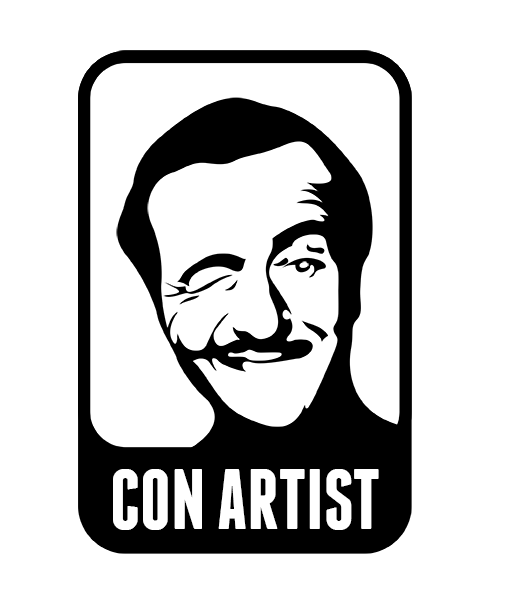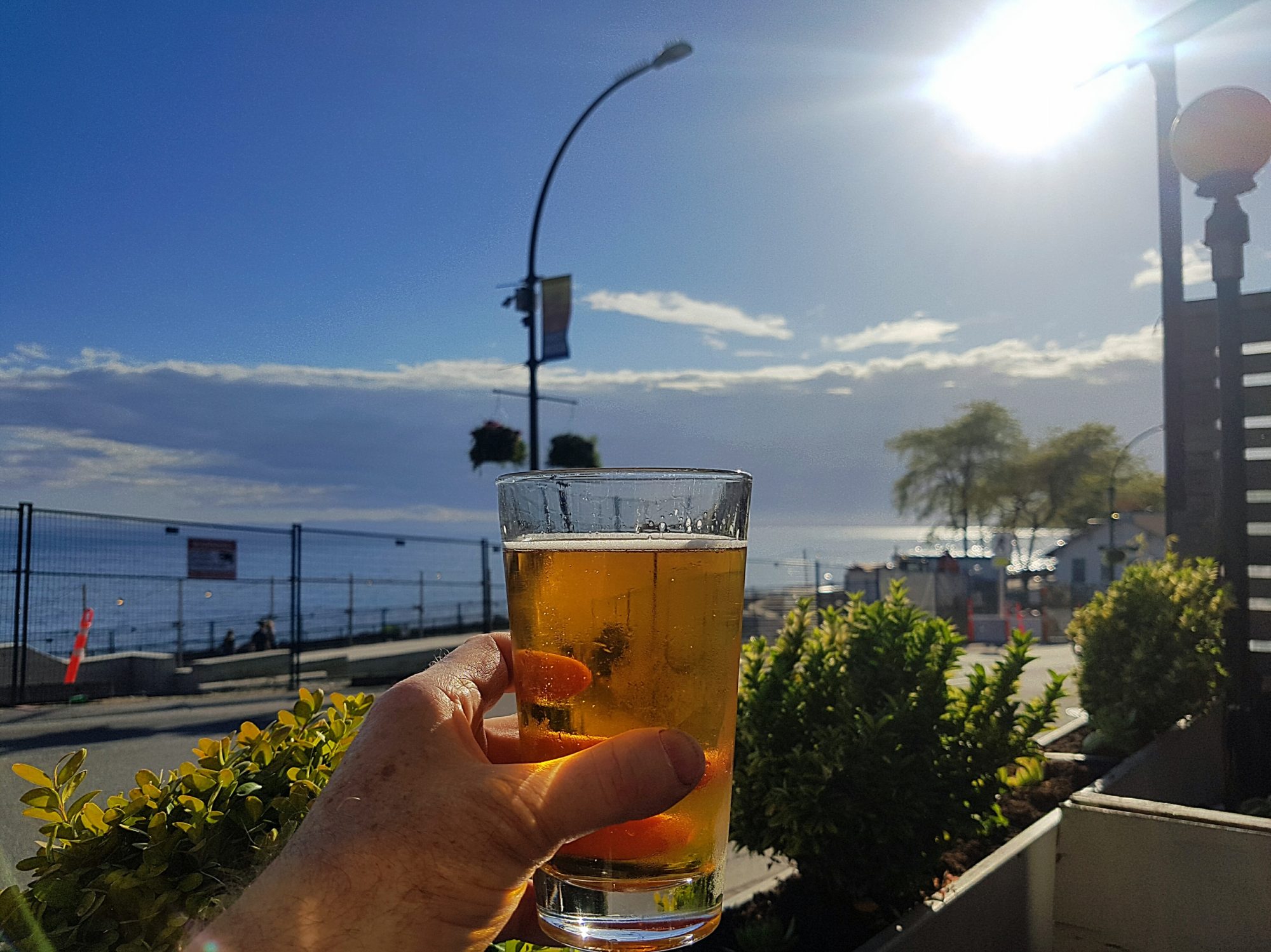
If you follow my other blog at Winemaker Magazine, you may have read my recent treatise making fun of rich idiots being defrauded by scammers. At the rarefied prices that vintage Bordeaux and ultra-rare Burgundy command, it’s often a simple matter to take money from people desperate to believe they’re getting something too good to be true, like a 220 year-old bottle from Thomas Jefferson’s cellar.

But it turns out that you don’t even need to go that high to find a way to scam wine consumers. According to the New York Times, the Hill Wine Company in Napa not only sold cheap Central Valley grapes as premium Napa Cabernet Sauvignon, they also stole premium grapes from clients they made wine for.
. . . Del Dotto formally accused Hill Wine of stealing the first batch of grapes and sought repayment of nearly $42,000 it had paid for vineyard management services. Tony Ventura, Del Dotto’s attorney, said in an interview that the grapes it claimed were stolen from Howell Mountain were intended for a wine that his client planned to sell for $195 a bottle. “If you’re going to steal, steal the good stuff,” Mr. Ventura said.
Oy. You have to wonder where this leaves us as wine drinkers, and as wine makers. In my opinion, first and foremost we should not seek out wine that relies on charm or exclusivity to sell itself. There are almost no wines in the world that cost more that $75 a bottle to put into the market. Prices much beyond that either indicate fanatical dedication to lowered yields, insane pick-over strategies, 100% new barrels every year and other, equally ridiculous levels of attention to detail and quality. That covers maybe half a dozen vineyards on earth. The rest can come in cheaper.
When they come in at vastly higher prices you’re either living in a crazy-high alcohol tax zone or the winery is relying on non-quantifiable (and thus cost-free) gimmicks to push their product. From the NYT article,
“Most Napa wines to me are way overpriced,” said Tony Westfall, co-founder and chief executive of Invino, an online wine seller based in Sonoma. “A lot of people would say Lake County is just as good as or better terroir than Napa.”
To persuade someone to spend $30, $50 or $100 for a bottle of wine, wineries need to not just produce quality juice, but also build an emotional connection with the customer.
While I feel that all wine should be experiential, that we should drink in places we love, with people we cherish, and for reasons of celebration, I have enough emotional connections in my life that I don’t need one with a winery. I’d rather get honestly-made, fairly-priced wine–and I’d also like to get what I paid for, not the disarming charm of con artists.
Now if anybody needs me, I’ll be making my own wine–and I know exactly where those grapes came from.
